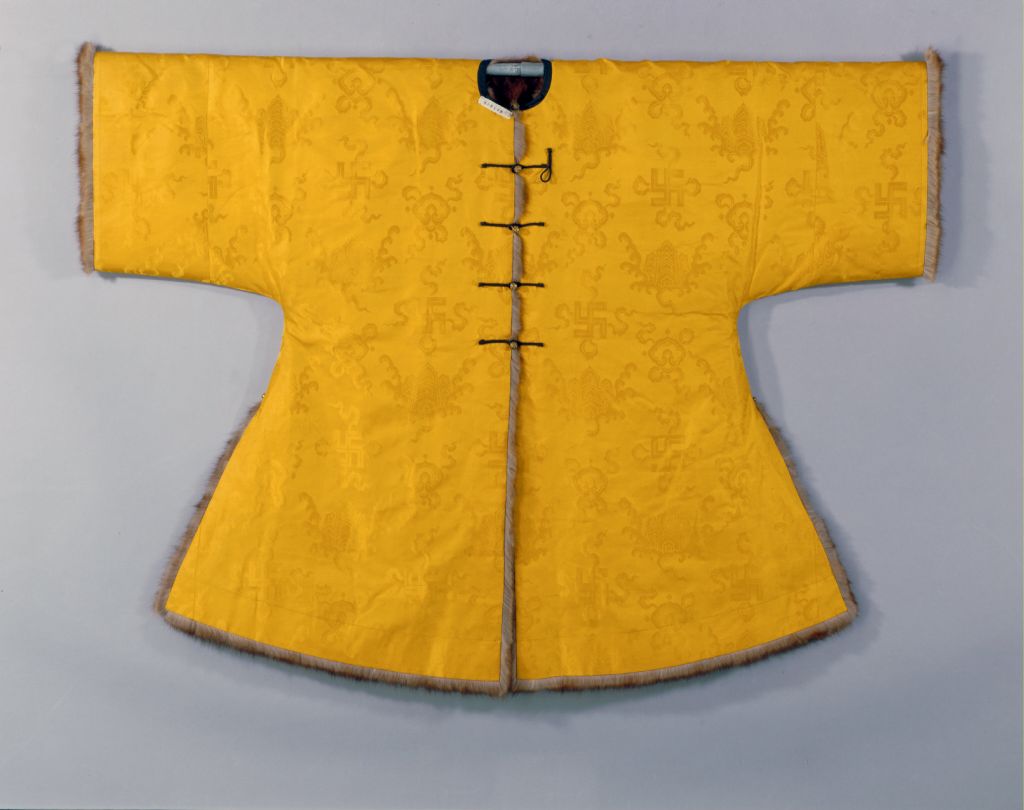[Zhang Xian’s Ten Songs]
The Ten Songs, Northern Song Dynasty, Zhang Xian’s painting, silk version, light color, 52 cm vertical and 125.4 cm horizontal in the center of the painting
At the beginning of the painting, there are four words in the calligraphy of Emperor Qianlong Hongli of the Qing Dynasty, “recite the sweet and write the wonderful”, followed by Chen Zhensun of the Southern Song Dynasty, Yan Yaohuan of the Yuan Dynasty, Xianyushu and Tuotuomuer of the Yuan Dynasty, and there is a postscript of Sun Jue of the Northern Song Dynasty in the painting. On this painting are the seals of Jia Sidao of the Southern Song Dynasty, such as “Joyful Life”, “Autumn Gully” and “Autumn Gully Appreciation”, the half seal of the “Ceremony Inspector” in the early Ming Dynasty, the more than ten seals of Qianlong and Jiaqing in the Qing Dynasty, and the three seals of Puyi
Description of Shiqu Baoji · Continuation
In the fifth year of Song Xining (1072), Zhang Xian was 82 years old and became an official at home. Out of the memory of his father, he read his poems in his lifetime. The last two sentences of a seven-length poem, “Wu Xing’s governor, Ma Daqinghui, six old men, and Nanyuan’s people each compose poems,” said, “It will tell good things every day, and Danqing will envy Luozhong pictures”, which touched Zhang Xian and inspired him to create this painting of Ten Songs
This picture is a landscape figure painting. The opening part of the picture is a corner of Wuxing South Park. The main building is a pavilion with double eaves resting on the top of the mountain. The matching pavilion railings are winding in circles, flowers and trees are shaded, there are cranes in the courtyard, and there is a flower at the corner of the pavilion. The environment is elegant and the weather is magnificent. In the pavilion, Ma Taishou is playing chess with the two elders; In the pavilion, the old man held the railing and chatted while enjoying the scenery; The other two old men came with a piano or a staff. In addition, there are child servants and yamen attendants. This was an elegant gathering, relaxed and pleasant, showing a peaceful atmosphere. This paragraph shows the contents of three poems. In addition to the previous one, there are two other poems, “Tinghe” and “Jade Butterfly”
The south garden is built near the water, and the lake is far away from the Tingzhou, and the village cottage, with lush trees and green mountains, displays the contents of seven poems in turn, including “Lone Sailing”, “Sleeping in the Qingjiang Cottage”, “Returning to the Yan”, “Smelling the Anvil”, “Sleeping in the Chenzhuang Couple Book”, “Sending Ding Xiucai to the Lift”, and “Poor Girl”
This is the only painting of Zhang Xian, whether it is handed down in history or recorded in literature. As for its era, from the perspective of the texturing method and layout method of the mountains and stones, it is generally the inheritance of the northern school of landscape, belonging to the Jinghao and Guantong systems, without the traces of Li Cheng and Guo Xi, not to mention the style of the Southern Song Dynasty, which is obviously the style of the early Northern Song Dynasty
The literature value of this work has always been valued by predecessors. The cultural activities and relevant figures recorded in it are the only existing first-hand data. Chen Zhensun made detailed notes and textual research on various characters according to the stone in Nanyuan. The inscription was destroyed in the Yuan Dynasty, and Yan Yaohuan’s postscript records are quite detailed. Today, his paintings and all the inscriptions and postscripts are even more precious
This painting was originally collected by the Qing Dynasty. Pu Yi stole it out of the court in the name of rewarding Pu Jie, and then took it to Changchun. When the puppet Manchurian regime collapsed, the painting was stolen, and its whereabouts were unknown for the next 50 years
In 1995, the painting came out again at the auction of Beijing Hanhai Auction Company. According to the suggestions of Xu Bangda, Qigong, Liu Jiu’an and other experts, and with the approval of the National Cutural Heritage Administration, the Palace Museum bought the painting back at a competitive price of 18 million yuan, making the national treasure find its proper destination. The National Cutural Heritage Administration and the Palace Museum spend so much money to protect a national treasure. In Mr. Qigong’s words, “Two words are worth it.”
![图片[1]-A scroll of Zhang Xian’s ten chants-China Archive](https://chinaarchive.net/Northern Song dynasty/painting/s58de169621347.jpg)
![[Qing Dynasty] British female painter—Elizabeth Keith, using woodblock prints to record China from the late Qing Dynasty to the early Republic of China—1915-China Archive](https://chinaarchive.net/wp-content/uploads/2022/11/image-191x300.png)




